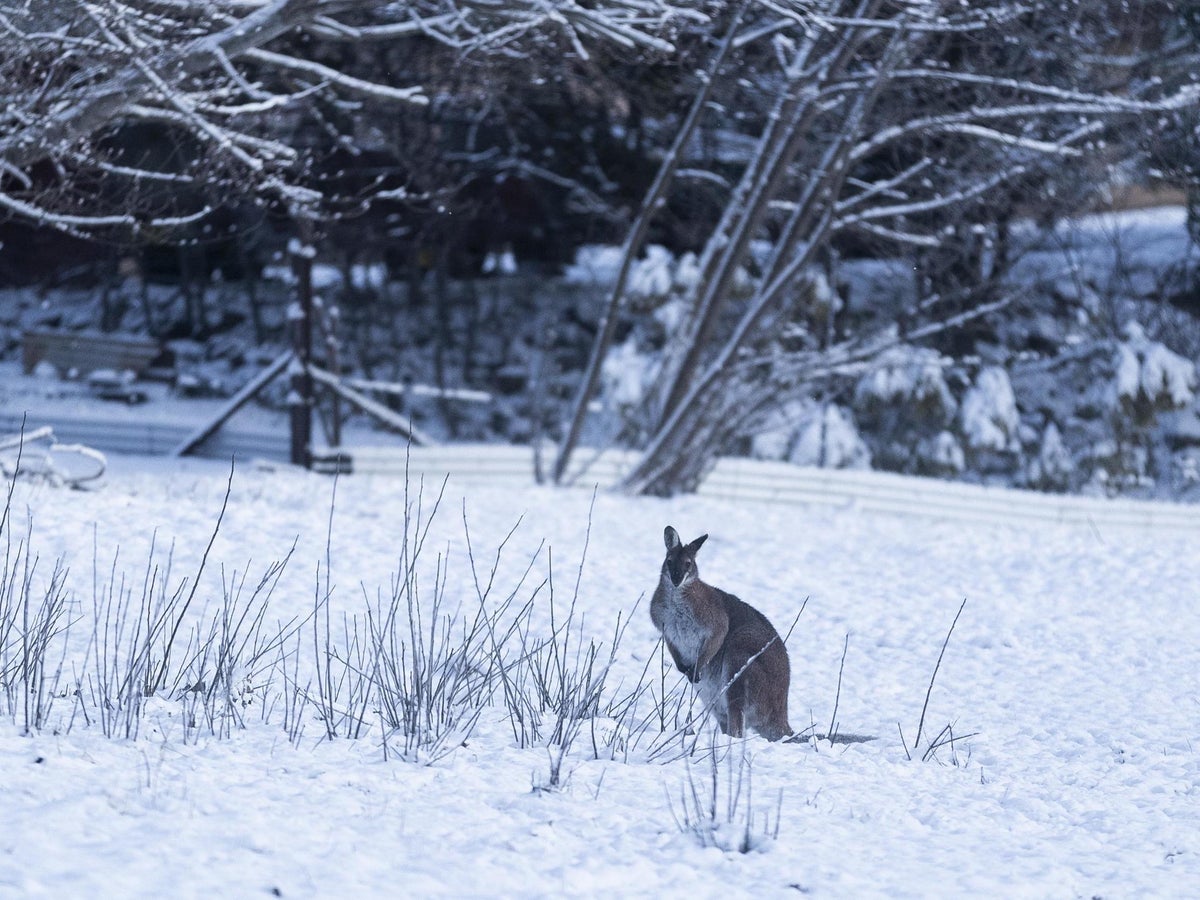Experience the Most Scenic Places to Experience Snow In Australia for a Breathtaking Winter Getaway
Experience the Most Scenic Places to Experience Snow In Australia for a Breathtaking Winter Getaway
Blog Article
Discover the Fascinating Results of Snow in Australia on Local Ecological Communities
Regardless of its online reputation for sun-soaked landscapes, Australia likewise flaunts areas buried by snow-- a phenomenon that greatly influences the country's special ecosystems. The shielding residential properties of snowflakes safeguard plants and animals in the middle of the coldest winters months, while the melting snow supports rivers and aquatic life. Nonetheless, the actual marvel hinge on exactly how these icy conditions form the country's biodiversity and nutrient cycles. As we untangle this elaborate partnership, we locate ourselves stepping on uncharted grounds in Australia's high nation.
The Unanticipated Regions of Snowfall in Australia
The high country areas of New South Wales, Victoria, and Tasmania are specifically known for their winter snow. The Snowy Hills in NSW, for instance, get abundant seasonal snow, offering a plain contrast to the nation's normal hot, arid environment. The visibility of snow in these regions significantly influences local environments, subsequently affecting the nation's one-of-a-kind biodiversity.

Just How Snow Impacts Australia's Distinct Plants
While it might seem unusual, snowfall in Australia plays an essential duty fit the nation's distinct flora. The snow-filled wintertimes foster resilience in Australian plant species. This is especially apparent in the sub-alpine and alpine regions, where snow gum tissues and mountain plum-pines flourish. These plants have evolved to endure in severe problems, with snow functioning as a protective covering from harsh winds and freezing temperature levels. The snow additionally adds to the dampness content of the dirt, supplying essential hydration for plant life during the dry summertime. In significance, the snow affects the timing of flowering and seed dispersal, the growth prices, and the survival of several plant types, showcasing the intricate interplay between environment and plants in Australia.
The Adaptations of Australian Fauna to Snowfall
Equally as Australia's vegetation has actually adapted to the wintery problems, the local fauna also, display amazing adaptations to the snowfall. Variety like the Mountain Pygmy-possum, the only Australian marsupial known to hibernate, have developed techniques to make it through in snowy environments. It makes use of the snow as insulation, hibernating in rock crevices under the snow to remain warm. In a similar way, the Snow Skink, a types of reptile, changes its colour to white throughout winter months, supplying camouflage against predators. Birds such as the Snowy Hills' Crimson Rosella additionally readjust their diets to take in available food resources during chillier periods. Hence, in spite of the harsh problems, Australian animals demonstrates a durable and flexible nature, ensuring their survival in areas experiencing snowfall.
The Function of Snow in Shaping Local Ecosystems
Fit the local environments, the duty of snow in Australia is both multilayered and extensive. It affects the circulation of plants and animals, largely specifying the biodiversity of sub-alpine and alpine areas. Snow provides a critical water resource, feeding rivers and tanks as it thaws, hence supporting a range of water life kinds. Additionally, snow functions as an insulator, securing ground-dwelling microorganisms from extreme cold. In a similar way, it plays a significant role in soil development and nutrient cycling. The periodic freezing and thawing of soil caused by snowfall fosters the failure of rocks, improving soil fertility. As a result, the presence of snow shapes the plants patterns, pet behavior, and overall sustainability of Australia's one-of-a-kind ecosystems. Does Australia Get Snow.

The Future of Snowfall in Australia: Forecasts and Implications

Offered Visit Website the essential duty snow plays in forming neighborhood environments, the future of snowfall in Australia is drawing increasing attention from researchers and conservationists. Current environment models anticipate a considerable reduction in snowfall due to international warming, with potentially extensive effect on local ecosystems. Less snow can cause lowered water availability in towering areas, detrimentally impacting wildlife environments and plant. It could change the timing of seasonal modifications, disrupting the life cycles of lots of native varieties. The tourism sector, heavily reliant on the winter months snow season, may additionally deal with considerable obstacles. As a result, understanding these predictions and their implications is vital to develop reliable Learn More conservation strategies, guaranteeing the preservation of Australia's distinct biodiversity and the sustainability of its economic climate.
Final Thought
The duty of snow in Australia's communities is crucial yet often overlooked. It acts as a protector, a nurturer, and a shaper of varied alpine species, contributing to the richness of Australia's high nation. As weather patterns remain to move, understanding the implications and possible makeovers of these snow-influenced environments is critical. Hence, the snow in Australia is greater than a natural phenomenon; it's an important gamer in the nation's ecological narrative.
Regardless of its online reputation for sun-soaked landscapes, Australia also boasts areas buried by snow-- a sensation that profoundly affects the country's special communities. It uses the snow as insulation, hibernating in rock crevices below the snow to stay warm - Does It Snow In Australia.In forming the local ecosystems, the function of snow in Australia is both profound and multilayered. useful link The existence of snow shapes the vegetation patterns, animal actions, and general sustainability of Australia's one-of-a-kind environments
Given the essential function snow plays in forming local ecosystems, the future of snowfall in Australia is drawing increasing attention from scientists and ecologists.
Report this page